The Palace of the Popes in Viterbo represents the true symbol of the city, built on the occasion of the transfer of the papal seat from Rome to Viterbo, decided by Pope Alexander IV (1254-1261). The Palace of the Popes hosted over 40 popes and their court for more or less long periods, throughout the Middle Ages and the Renaissance. The move to this city was chosen by Pope Alexander IV, to distance himself from the hostility and excessive power of the families of high noble lineage, who were taking away the legitimacy of the church in Rome.
Viterbo is a beautiful, fortified town of medieval origin, it is worth a trip if you are traveling to Rome, both the city and its surroundings are full of interesting destinations that will allow you to get away from the chaos of the capital, rediscovering a slower pace and flavors more genuine. Finding yourself in the city of the Popes, as it is still called today, your visit can only begin with a visit to the Palace of the Popes.
Discover Viterbo with Viterbo Pass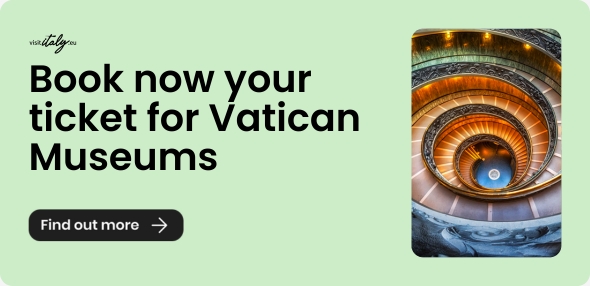
The Palace of the Popes in Viterbo: the definitive guide
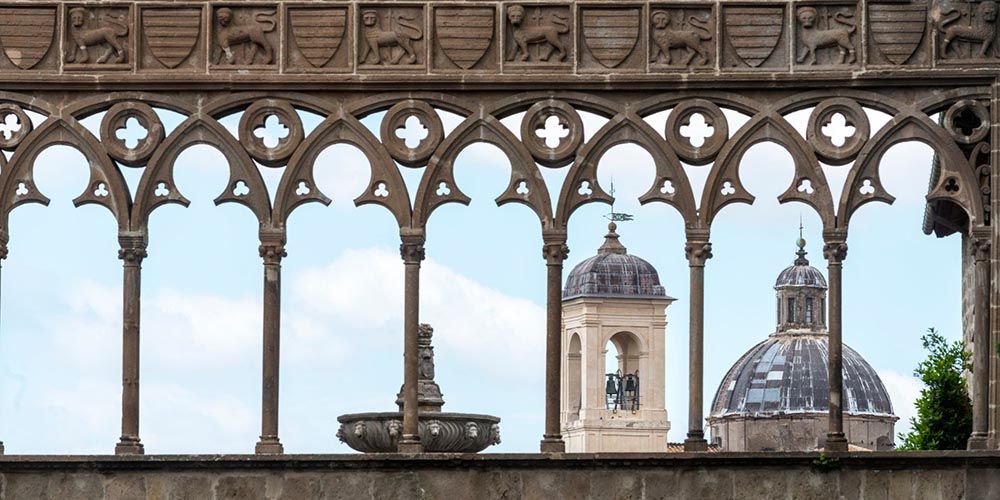
The Palace of the Popes was built between 1255 and 1266. In 1267 the work on the elegant and harmonious Gothic style loggia was completed. At the beginning of the 20th century, important renovation works were carried out to restore the original style to the Palace, which had been lost over the centuries. Today the Palace of the Popes presents itself again as it was originally conceived, with all the austerity and solemnity of a medieval fortress. The room of greatest historical value is the Conclave Hall, where the longest election of a pope in history took place, for a total of 1006 days between 1268 and 1271.
The Palace of the Popes in Viterbo is part of the Colle del Duomo monumental complex, which includes the Palace of the Popes, the Cathedral of San Lorenzo and the Colle del Duomo Museum. The Palace of the Popes is the most important monument in the city. It was considered the Vatican of Viterbo in the years in which the city was the papal seat from 1257 to 1281. In that period the Pope looked out from the Loggia to impart blessings to the faithful, hence the name Loggia of Blessings.
Why visit the Palace of the Popes
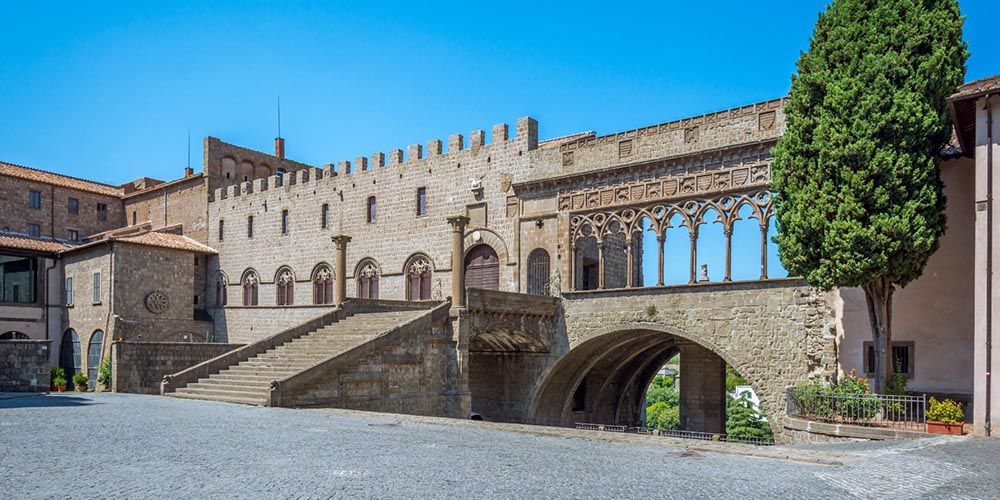
There are various reasons that lead us to recommend this visit to you. The first is of a historical nature, right in the Palace of the Popes in Viterbo the word conclave was born, with which the famous Conclave Hall was then called. Almost 8 centuries ago, the longest election of a Pope in history took place in this room, lasting 1006 days. The cardinals called to elect the Pope due to disagreements were unable to find an agreement on who should be the new Pope. The citizens of Viterbo, exasperated by such a long wait, segregated the College of Bishops inside the Palace, they were literally locked (from the Latin cum clave, from which conclave) until an agreement was reached. The citizens went so far as to uncover the roof of the Hall to pass supplies to the cardinals.
Walking through and visiting the Palace of the Popes in Viterbo will make you walk through history, but not only that, you will also have the opportunity to visit the beautiful city of Viterbo and its surroundings, immersed in a suggestive natural area, where you can still breathe the slow rhythms of countryside.
What to see inside the palace
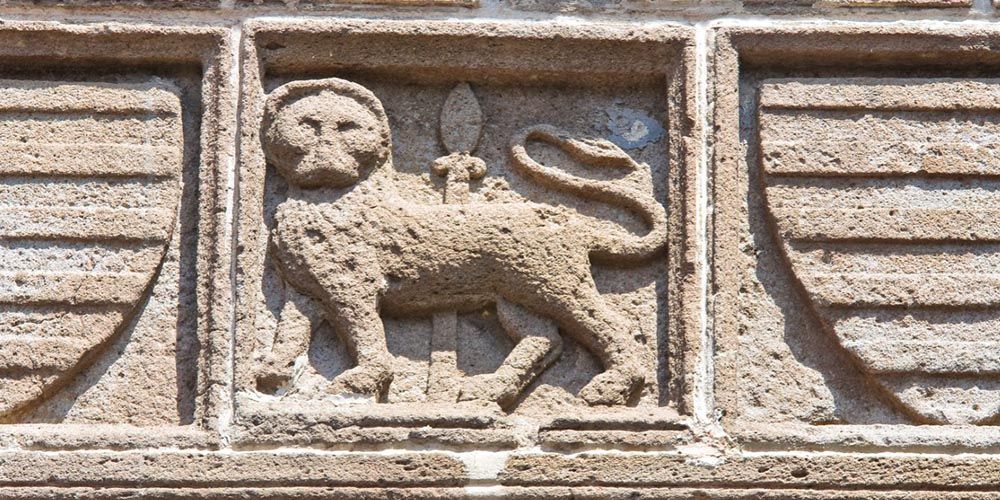
The main façade of the Palace of the Popes and the richest is certainly the one overlooking Piazza San Lorenzo, with a Guelph battlement, single and double lancet windows and above all the famous Loggia of Blessings, where the newly elected Pope looked out, as he looks out today from balcony of St. Peter's Basilica. It is precisely from the loggia that your visit can begin, here a series of elegant, pointed arches in Gothic style look at the sky, the arches are surmounted by a series of coats of arms, among which the emblem of the city of Viterbo represented by a Lion. Reaching the Loggia, you will see a well and a 15th century fountain.
The Loggia is flanked by a monumental staircase that leads straight to the portal, surmounted by a plaque commemorating Raniero Gatti, the person who oversaw the work on the papal palace. Upon entering the Palace, the room that most catches your attention is the Conclave Hall, large and bright, thanks to the presence of 12 round mullioned windows. Your visit will continue inside the beautiful Gualtiero Hall, entirely frescoed, it is here that the parchment of the first Conclave has been displayed since 2022. The parchment still retains the original wax seals of the cardinal electors and the dramatic situation in which they were reduced due to the seclusion imposed by the citizens. After passing the Sala Gualtiero you will be able to reach the tower, where numerous documents are kept.
The monumental Colle del Duomo
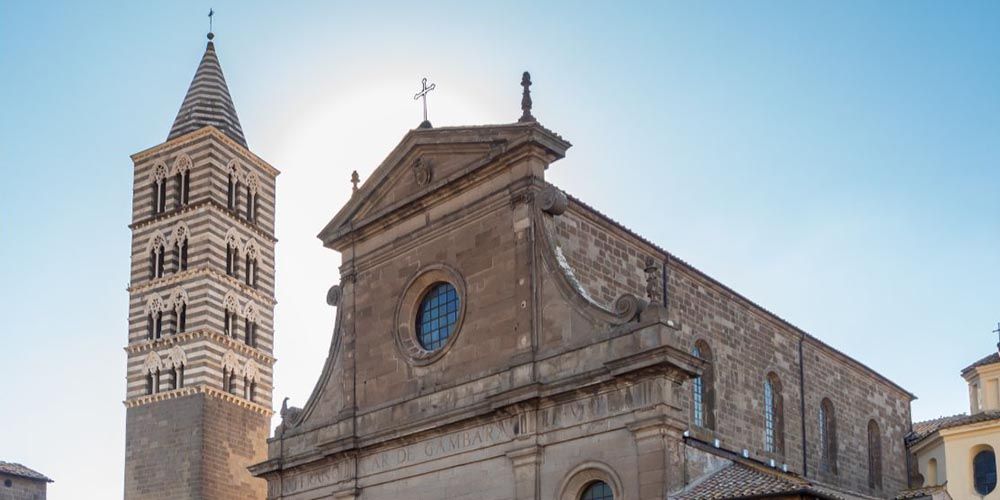
The ticket that gives access to the Palace of the Popes is a single ticket that includes entry to the entire Colle del Duomo monumental complex. In addition to the Papal Palace, you can visit the Cathedral of San Lorenzo, with an imposing Romanesque structure dating back to the 12th century, but which, due to subsequent renovations, today presents itself as a Renaissance style structure. In the period in which the city was the seat of the papal curia, this cathedral took on a particular significance and is directly connected to the Palace of the Popes, inside there are 3 naves.
Finally, within the itinerary we also find the Colle del Duomo Museum, founded on the Jubilee of 2000. The museum presents an archaeological section, the historical-artistic section, and the sacred art section in which sacred vestments, reliquaries and chalices and other objects used for religious functions starting from the 15th century. The museum, like the church and the Papal Palace, is also located in Piazza San Lorenzo.
How to Organize the Visit
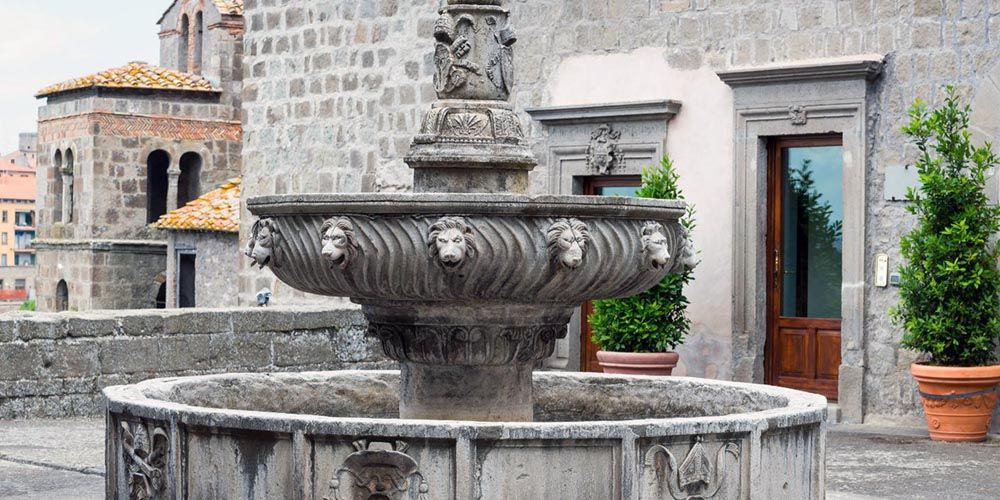
If you are in Rome the easiest way to reach Viterbo is by car, the journey takes about an hour and a half and you have two options, take the A1 highway or alternatively choose the SP1 provincial road. If you don't have a car, the best option is the train, the Rome-Civitacastellana-Viterbo regional railway line, the journey duration is always an hour and a half.
In the months from April to November, the Palace of the Popes is open every day from 10.00 to 19.00; while in the remaining months it is open from Monday to Friday from 10:00-13:00/15:00-18:00, while it is closed on Tuesdays. On Saturday and Sunday continuous hours from 10:00 to 18:00.
Ticket options
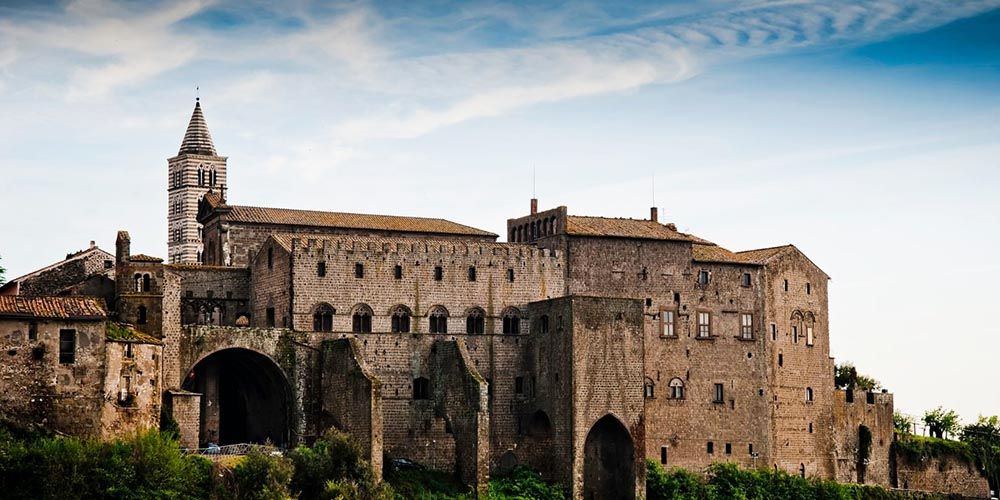
It is always best to leave nothing to chance when it comes to your visit. We advise you to choose and plan.
The ticket option we suggest is a Palace of the Popes ticket - skip the line, always convenient, fast, and stress-free. Here too, access to the entire monumental complex is clearly included with audio guide included.
Last tips
An additional reason to plan your visit in advance is the Viterbo festival, which is held every year on September 3rd. Santa Rosa's Big Machine Festival, recognized by UNESCO as an intangible heritage of humanity. A spectacular event that attracts many visitors every year, a dizzying 30-meter machine, weighing 5 tons, is lifted, and carried around by a hundred sturdy men. If you are in Rome at that time of year, in addition to the beauties you have planned to see in the capital, we strongly suggest you take a trip out of town to Viterbo and the Palace of the Popes.
About the author
Written on 01/02/2024

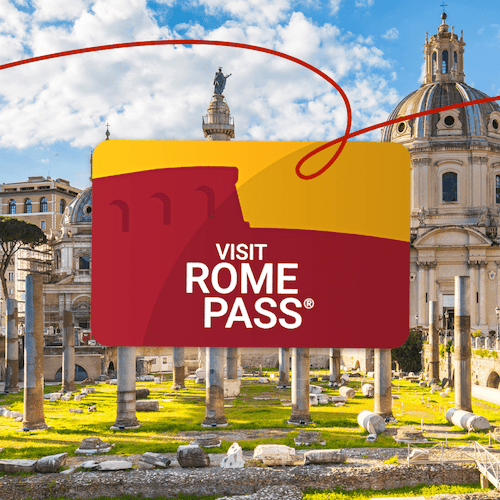


Chiarastella Campanelli
Symbol of the city, also called the Vatican of Viterbo, the Palace of the Popes in Viterbo is one of the hidden treasures of Lazio region, discover it